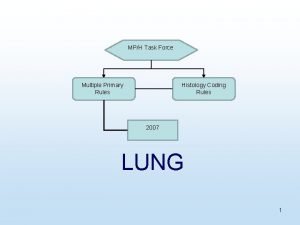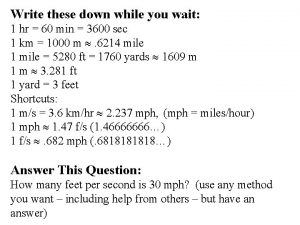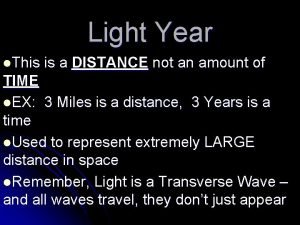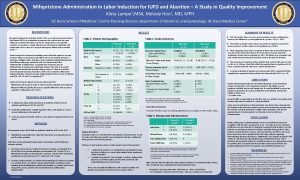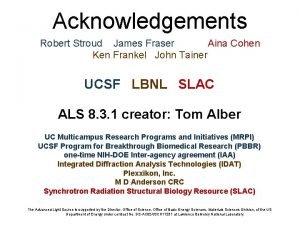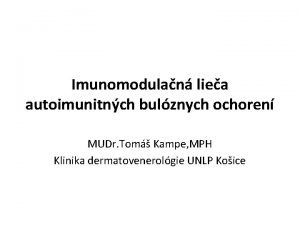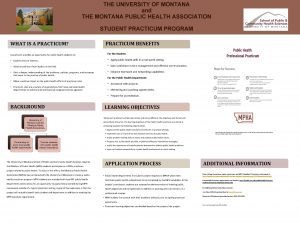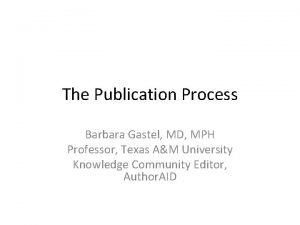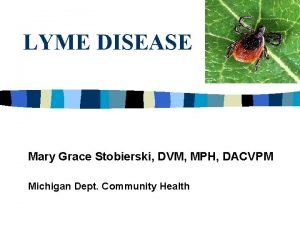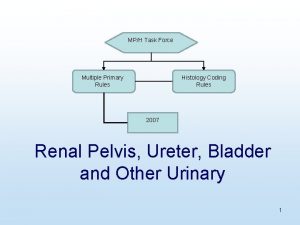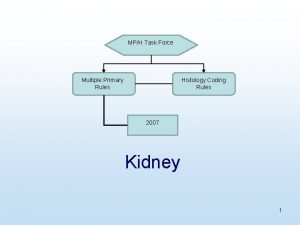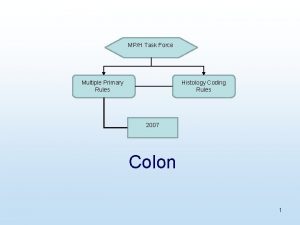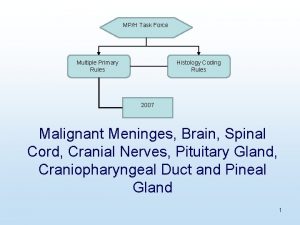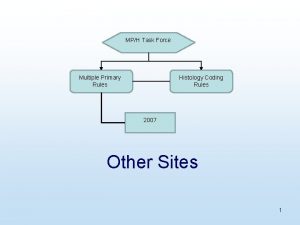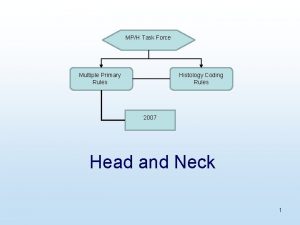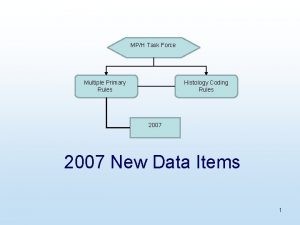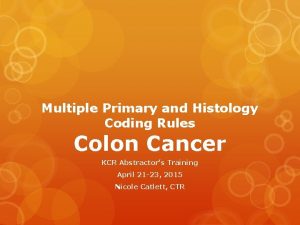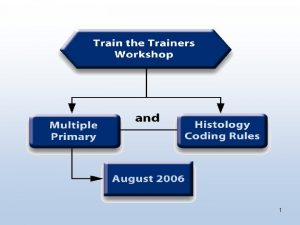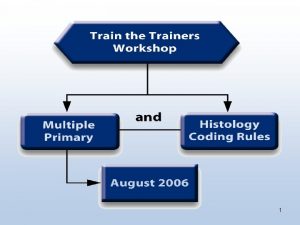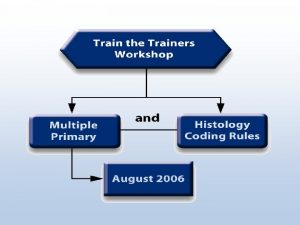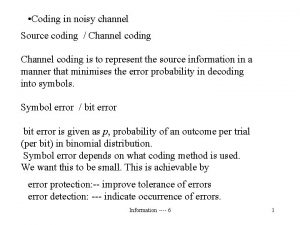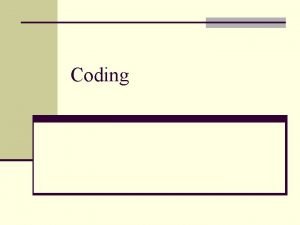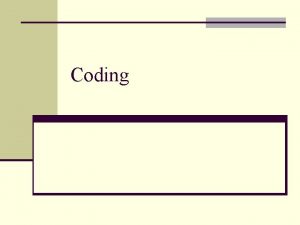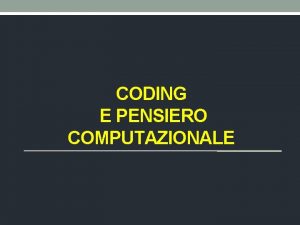MPH Task Force Multiple Primary Rules Histology Coding






































- Slides: 38

MP/H Task Force Multiple Primary Rules Histology Coding Rules 2007 MP/H Coding Rules General Instructions 1

MP/H Instructions • • Apply to all rules unless otherwise noted Equivalent Terms Definitions General information – These instructions are to be used with all new rules – They are not repeated in the site-specific rules 2

MP/H Instructions • Instructions include: – How to use the rules – Priority order for use of documents – Ambiguous terms for coding histology 3

MP/H Task Force Multiple Primary Rules Histology Coding Rules 2007 Equivalent or Equal Terms 4

Equivalent or Equal Terms • Equivalent or Equal Terms for MP Instructions apply to all site-specific rules unless otherwise noted. • Each site-specific section will also include a set of sitespecific equivalent or equal terms for that site only. • For the purposes of these rules, these terms are equivalent: – Multicentric, multifocal – Tumor, mass, lesion, neoplasm • These terms are interchangeable for all rule sets, unless otherwise noted. 5

MP/H Task Force Multiple Primary Rules Histology Coding Rules 2007 There a number of definitions, but we’d like to bring your attention to a few in particular. 6

Definitions • Focal: An adjective meaning limited to one specific area. A focal cancer is limited to one specific area or organ. The area may be microscopic or macroscopic. Foci: Plural of focus. • – Also remember that multifocal and multicentric are equivalent terms for the purposes of the new rules. 7

Definitions • Focus: A term used by pathologists to describe a group of cells that can be seen only by a microscope. The cells are noticeably different from the surrounding tissue either by their appearance, chemical stain, or other testing. 8

Definitions • Most representative specimen: The pathologic specimen from the surgical procedure that removed the most tumor tissue. 9

Definitions Recurrence has two meanings: 1. The reappearance of disease that was thought to be cured or inactive (in remission). Recurrent cancer starts from cancer cells that were not removed or destroyed by the original therapy. 10

Definitions 2. A new occurrence of cancer arising from cells that have nothing to do with the earlier (first) cancer. A new or another occurrence, incidence, episode, or report of the same disease (cancer) in a general sense – a new occurrence of cancer. 11

MP/H Task Force Multiple Primary Rules Histology Coding Rules 2007 Determining Multiple Primaries 12

General Information • • • Use these rules to determine the number of reportable primaries for solid malignant tumors. (That is: how many case abstracts do you have to complete for each person? ) Do not use rules to determine if a case is reportable, to stage or to assign grade. 2007 rules replace all previous rules! 13

General Information • • Three formats: flowchart, text, and matrix. The rules are identical, only the formats differ. Notes and examples highlight key points or add clarity to rules. 14

General Information • • Do not use a physician’s statement to decide whether the patient has a recurrence of a previous cancer or a new primary. – Use the RULES to determine if the patient has a new primary or if this is recurrence of a previous cancer. – The only exception exists when a pathologist compares the present tumor to the “original” tumor and states that this tumor is a recurrence of cancer from the previous primary. Reportable solid malignant tumors only 15

Lymphoma and Leukemia • • Use the Determining Multiple Primaries: Hematopoietic Primaries (Lymphoma and Leukemia) rules Use the table “Definitions of Single and Subsequent Primaries for Hematologic Malignancies” 16

How to Use the MP Rules • Use the site-specific rules for: – – Brain, malignant (intracranial and CNS) Breast Colon Head and neck 17

How to Use the MP Rules • Use the site-specific rules for: – – Kidney Lung Malignant melanoma of the skin Renal pelvis, ureter, bladder, and other urinary 18

How to Use the MP Rules • Use the Other Sites rules for solid malignant tumors that occur in primary sites not covered by the site-specific rules. 19

How to Use the MP Rules • • • Each module is an independent, complete set of coding rules. Use the primary site documented by the physician on the medical record Do not count metastatic lesions 20

How to Use the MP Rules • • • Multicentric or multifocal, if the number of tumors is unknown, use the “Unknown if Single or Multiple Tumors” module Single tumor, use the “Single Tumor” module. Multiple tumors, use the “Multiple Tumor” module. 21

How to Use the MP Rules • Separate microscopic foci, ignore the separate microscopic foci and use the “Single. Tumor” or “Multiple Tumor” modules as appropriate 22

How to Use the MP Rules • • Rules are in hierarchical order Use the first rule that applies and STOP 23

How to Use the MP Rules • • Single primary, prepare one abstract Multiple primaries, prepare two or more abstracts 24

MP/H Task Force Multiple Primary Rules Histology Coding Rules 2007 Histologic Type ICD-O-3 25

General Information • Histology describes the microscopic composition of cells and/or tissue for a specific primary. – Basis for staging – Basis for determining treatment options – Prognosis and disease course 26

General Information • International Classification of Diseases for Oncology, Third Edition (ICD-O-3) is the standard reference for histology codes 27

How to Use the Histology Rules • • • Use the format easiest for you to follow Notes and examples highlight key points or add clarity Rules are in hierarchical order within each section 28

How to Use the Histology Rules • • • Read General Instructions. Read Equivalent Terms and Definitions. Follow the rules to make a decision on coding the histology 29

How to Use the Histology Rules • • Rules are in hierarchical order Use the first rule that applies and STOP 30

MP/H Task Force Multiple Primary Rules Histology Coding Rules 2007 Priority Order for Documents 31

Priority Order for Using Documents 1. Pathology report: a. From most representative specimen b. From final diagnosis Note 1: Use information from addenda and comments associated with the final diagnosis Note 2: A revised/amended diagnosis replaces the original final diagnosis. 32

Priority Order for Using Documents 1. Pathology report (continued) Note 3: New rules limit information to the final diagnosis. Only use information from the microscopic portion of the pathology report when instructed to do so in the site-specific rules. 33

Priority Order for Using Documents 2. Cytology report 3. No pathology or cytology report: a. References to pathology or cytology findings b. Other mention of type of cancer (histology) in the medical record 34

MP/H Task Force Multiple Primary Rules Histology Coding Rules 2007 Ambiguous Terms for Histology 35

Ambiguous Terms Used to Code Histology – – – Apparent(ly) Appears Comparable with Compatible with Consistent with Favor(s) 36

Ambiguous Terms Used to Code Histology – – – Most likely Presumed Probable Suspect(ed) Suspicious (for) Typical (of) 37

MP/H Task Force 38
 Contoh open coding, axial coding selective coding
Contoh open coding, axial coding selective coding Contoh axial coding
Contoh axial coding Mph rules
Mph rules Axial coding vs open coding
Axial coding vs open coding Coding dna and non coding dna
Coding dna and non coding dna Tiered task bias task
Tiered task bias task Multiple baseline across settings
Multiple baseline across settings Disadvantages of mimd
Disadvantages of mimd 75 mph to ft/s
75 mph to ft/s 186 000 miles/sec in mph
186 000 miles/sec in mph School of public health and preventive medicine
School of public health and preventive medicine Webste
Webste 451 kts to mph
451 kts to mph Edgar figueroa md mph
Edgar figueroa md mph Melody hou md mph
Melody hou md mph James fraser md mph
James fraser md mph Drexel executive mph
Drexel executive mph 75 miles per hour to km
75 miles per hour to km Umass online mph
Umass online mph F/s to mph
F/s to mph Thank you for listening
Thank you for listening Beverly loudin md mph
Beverly loudin md mph Speed times time
Speed times time Utep dynamic schedule
Utep dynamic schedule Mudr. tomáš kampe mph
Mudr. tomáš kampe mph University of montana mph
University of montana mph Barbara gastel
Barbara gastel Mph adhs
Mph adhs Tick map
Tick map Task force leader responsibilities
Task force leader responsibilities Expected armored cavalry troop symbol
Expected armored cavalry troop symbol Glencoe sustainability task force
Glencoe sustainability task force React task force
React task force Www.youtube.com
Www.youtube.com Fatf40
Fatf40 Green ribbon task force
Green ribbon task force Princeton policy task force
Princeton policy task force Java dynamic management kit
Java dynamic management kit Anchor institutions task force
Anchor institutions task force


